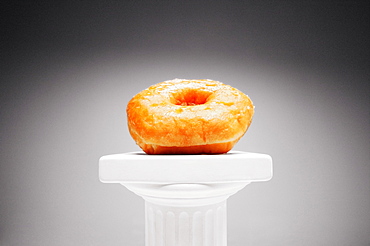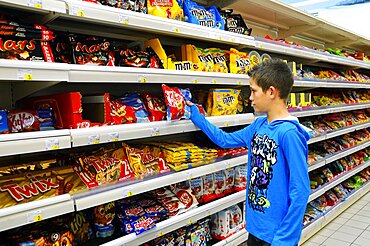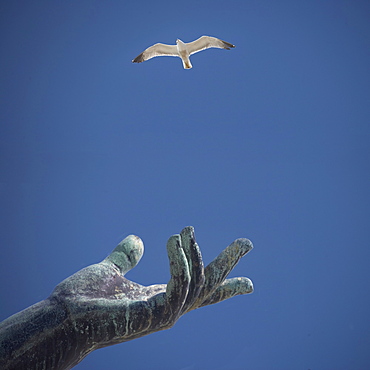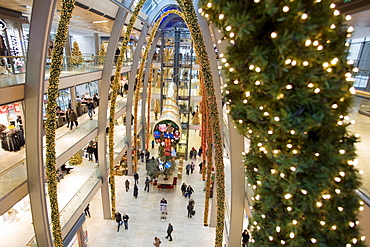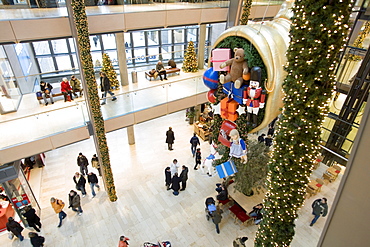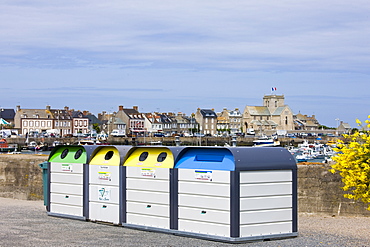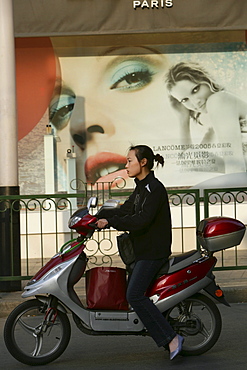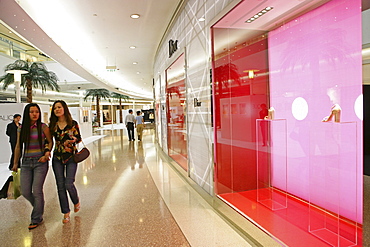Recent searches
Loading...
1113-103464 - Shopping, Nanjing Road,Evening, Nanjing Road shopping, people, pedestrians, consumer, consume
1113-103463 - Shopping, Nanjing Road,Evening, Nanjing Road shopping, people, pedestrians, consumer, consume, lovers
1116-47578 - Northern Hawk Owl (Surnia ulula), has just made a vole kill and is about to fly back to a perch to consume it. Grass piece has been removed from face. Owl looks at camera. South-central Alaska, Anchorage, Alaska, United States of America
832-341196 - Nanjing Road shopping area at night, Shanghai, China
832-285492 - Department store built in traditional style in Central Fangbang street, Shanghai, China
832-279147 - Christmas decoration in the shopping arcade - Europa Passage -, HAMBURG, GERMANY, EUROPE
832-279149 - Christmas decoration in the shopping arcade - Europa Passage -, HAMBURG, GERMANY, EUROPE
832-279150 - Christmas decoration in the shopping arcade - Europa Passage -, HAMBURG, GERMANY, EUROPE
832-279155 - Christmas decoration in the shopping arcade - Europa Passage -, HAMBURG, GERMANY, EUROPE
832-279152 - Christmas decoration in the shopping arcade - Europa Passage -, HAMBURG, GERMANY, EUROPE
832-279153 - Christmas decoration in the shopping arcade - Europa Passage -, HAMBURG, GERMANY, EUROPE
832-279148 - Christmas decoration in the shopping arcade - Europa Passage -, HAMBURG, GERMANY, EUROPE
1161-7500 - Large plastic recycling bins, dechetterie, for plastic, paper, glass spoil the view in Barfleur in Normandy, France
1113-68095 - hair salon, Fuzhou Zhonglu, Starhairdo, chic, young, hair dresser
1113-67639 - Dessous Shop, Huaihai Xilu, window display, window decoration, window dressing, store, pedestrain, arcade, shopping mall, sex, lingerie
1113-66525 - Tea-set of Herend Porcelain Shop, Tea set of Herend Porcelain Shop, Pest, Budapest, Hungary
1113-68075 - Shopping Shanghai, New World, Yao Han, shopping mall, escalator, shops, stores, mega malls, multi storey, advertising, Werbung, consumers, fashion, design, atrium
1113-66524 - Three bottles of Tokaji wine, Three bottles of Tokaji wine, Vaci Street, Pest, Budapest, Hungary
1113-68076 - Shopping Shanghai, New World, Yao Han, shopping mall, escalator, shops, stores, mega malls, multi storey, advertising, consumers, fashion, design, atrium
1113-67817 - Shopping, Nanjing Road, Evening, Nanjing Road, shopping, people, pedestrians
1113-67636 - Pedestrians, Huaihai Xilu, intersection Huaihai Xilu, shopping, people, consumer, consume
1113-68092 - hair salon, Fuzhou Zhonglu, Starhairdo, chic, young, hair dresser
1113-67884 - Ronald McDonald figure, pensioners rest on a bench, Fastfood
1113-67811 - Neon lights, Nanjing Road, Evening, Nanjing Road shopping, facade
1113-67813 - Shopping, Nanjing Road, Evening, Nanjing Road shopping, people, pedestrians, consumer, consume, neon, advertising
1113-67821 - Shopping, Nanjing Road, Evening, Nanjing Road shopping, people, pedestrians, consumer, consume, New World, shopping center
1113-68071 - Shopping arcades Shanghai, handy photo, mobile, cellphone camera, Shop, plaza 66, plastic container, Plastikdosen, shopping mall, shops, stores, mega malls, multi storey, advertising, Werbung, consumers, fashion, Mode, design, boutique
1113-67823 - Shopping, Nanjing Road, Evening, Nanjing Road, Pearl Orient Tower, shopping, consumer, consume
1113-67632 - Dessous Shop, Huaihai Xilu, display, window decoration, window dressing, store, pedestrain, arcade, shopping mall, sex, lingerie, poster
1113-67819 - Shopping, Nanjing Road, Evening, Nanjing Road shopping, people, pedestrians, consumer, consume
1113-67637 - Pedestrians, Huaihai Xilu, intersection Huaihai Xilu shopping, people, consumer, consume
1113-67645 - Ikea, swedish furniture, home furniture
1113-67822 - Shopping, Nanjing Road, Evening, Nanjing Road, Pearl Orient Tower, shopping, consumer, consume, Konsum, Einkauf, Neon, Advertising, Werbung, aus: "Mythos Shanghai", Shanghai, Sachbuch, Bildband, Fotos Karl Johaentges, Text Erich Follath, Verlag, Collection Rolf Heyne, 2005
1113-68108 - shopping malls Shanghai, Super Brand Mall, Pudong, escalator, shops, stores, mega malls, multi-storey, advertising, consumers, biggest department store
1113-67820 - Shopping, Nanjing Road, Evening, Nanjing Road shopping, people, pedestrians, consumer, consume, lovers
1113-67634 - Shopping, Huaihai Xilu, intersection Huaihai Xilu, shopping, people, pedestrians, consumer, consume
1113-67638 - art deco cinema, Huaihai Xilu, Cathay, Huaihai Xilu, shopping, people, pedestrians, consumer, consum
1113-67633 - Pedestrians, Huaihai Xilu, intersection Huaihai Xilu, shopping, people, consumer, consume
1113-68067 - Shopping arcades Shanghai, shopping malls, escalator, shops, stores, mega malls, multi storey, advertising, consumers, fashion, design
1113-67818 - Shopping, Nanjing Road, Evening, crowds, Nanjing Road shopping, people, pedestrians, Einkauf, rush hour, Menschenmassen, crowd, aus: "Mythos Shanghai", Shanghai, Sachbuch, Bildband, Fotos Karl Johaentges, Text Erich Follath, Verlag, Collection Rolf Heyne, 2005
1113-66403 - Cafe inside the West End City Center, High angle view to a cafe inside the West End City Center, Pest, Budapest, Hungary
1113-67640 - Dessous Shop, Huaihai Xilu, window display, window decoration, window dressing, store, pedestrain, arcade, shopping mall, sex, chinese flag, lingerie
1113-68093 - hair salon, Fuzhou Zhonglu, Starhairdo, chic, young, hair dresser
1113-67879 - Dior, Plaza 66, window display, window decoration, window dressing, store, pedestrian, arcade, shopping mall
1113-68091 - hair salon, Fuzhou Zhonglu, Starhairdo, chic, young, hair dresser
817-410339 - Olive baboon, Papio Anubis, Olive baboons are widespread throughout equatorial Africa and are found in 25 countries. From the west coast of Africa moving eastward. In the picture there is a mother with a juvenile, the mother is eating some grass and the s. Olive baboon, Papio Anubis, Olive baboons are widespread throughout equatorial Africa and are found in 25 countries. From the west coast of Africa moving eastward. In the picture there is a mother with a juvenile, the mother is eating some grass and the small one is in its back. In Uganda, olive baboons live in open woodland bordered by savannah and in evergreen tropical forests At Queen Elizabeth National Park, situated in Uganda, near the border of Democratic Republic of Congo, the habitat is characterized by dense forest, coarse wet grass, short grass and open grassland. Olive baboons consume a wide variety of foods and they can adapt to very different kind of habitats, from desert to mountain forest because they have many different strategies and habilities to extract food and nutrients. Baboons are omnivores and consume a huge variety of vegetables, insects, birds, eggs, and vertebrates including other primates. The Olive Baboon is one of the largest baboons, with the males being larger than the females. Their body length is 60, 86 cm, their tail length is 41, 58 cm and they weigh between 22 and 37 Kg. There is some geographical variation in average size. They have an olive green/grey coat that covers their bodies and a black face. The males have large canine teeth where as the teeth of females are much smaller. They move around on all four limbs. They live in troops of males and females that consist of between 20 and 50 members. The picture was taken in Ugande, in the Queen Elizabeth National Park, near the Kazinga channel., Uganda, Africa, East-africa
1116-35561 - Hawaii, Big Island, Kalapana, Lava flow covers tree lined road
1116-35519 - Hawaii, Big Island, Puna, Lava flow Across Highway 130
1116-35535 - Hawaii, Big Island, Kalapana, flowing lava consumes road at Kalapana
817-386878 - one ball left on beach shore in morning sun
817-335700 - Business man drinking from petrol pump, Young business man drinking from petrol pump, petrol splashing everywhere
817-336134 - Mom with kids eating breakfast, Candid image of a mother in in kitchen dining area helping the kids fix their breakfast on a summer morning during vacation
817-334597 - one spilled coffee cup in street road in city town at night
You reached the end of search results
